The Hungarian string orchestra tradition was added to the list after the Mohács Busó Carnival (Busójárás), Matyó embroidery, falconry (Solymászat), and blue painting.Continue reading
Hungarian World Heritage Sites have been added to the Google Arts & Culture platform, where users can discover new places, attractions, and works of art, as well as learn more about the world’s most important historical events.
The company’s press release recalled that the Google Arts & Culture initiative was launched to make the world’s cultural treasures accessible to all in an online space, with the collaboration of cultural institutions and renowned artists.
They said that Hungarian sites on the UNESCO World Heritage List are now available here.
For example, the Budapest Danube embankment, the Castle District, and Andrássy Avenue have been added to the site.
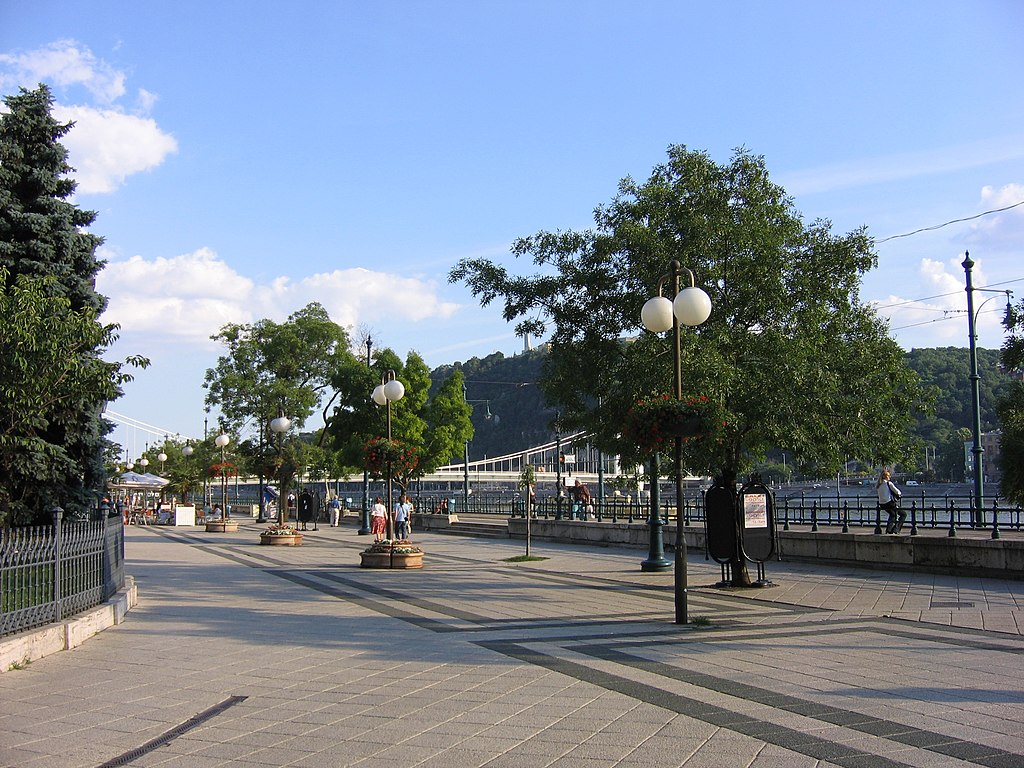
The Budapest Danube embankment is a scenic walkway providing sweeping views across the Danube to the Buda side, passing several upscale hotels, restaurants, and cafes. Photo via Wikipedia
Celebrating its 150th birthday this year, the capital’s Danube embankment and the Castle District became World Heritage sites in 1987. Andrássy Avenue and its surroundings were added to the list in 2002, thanks to their architectural and cultural attractions.
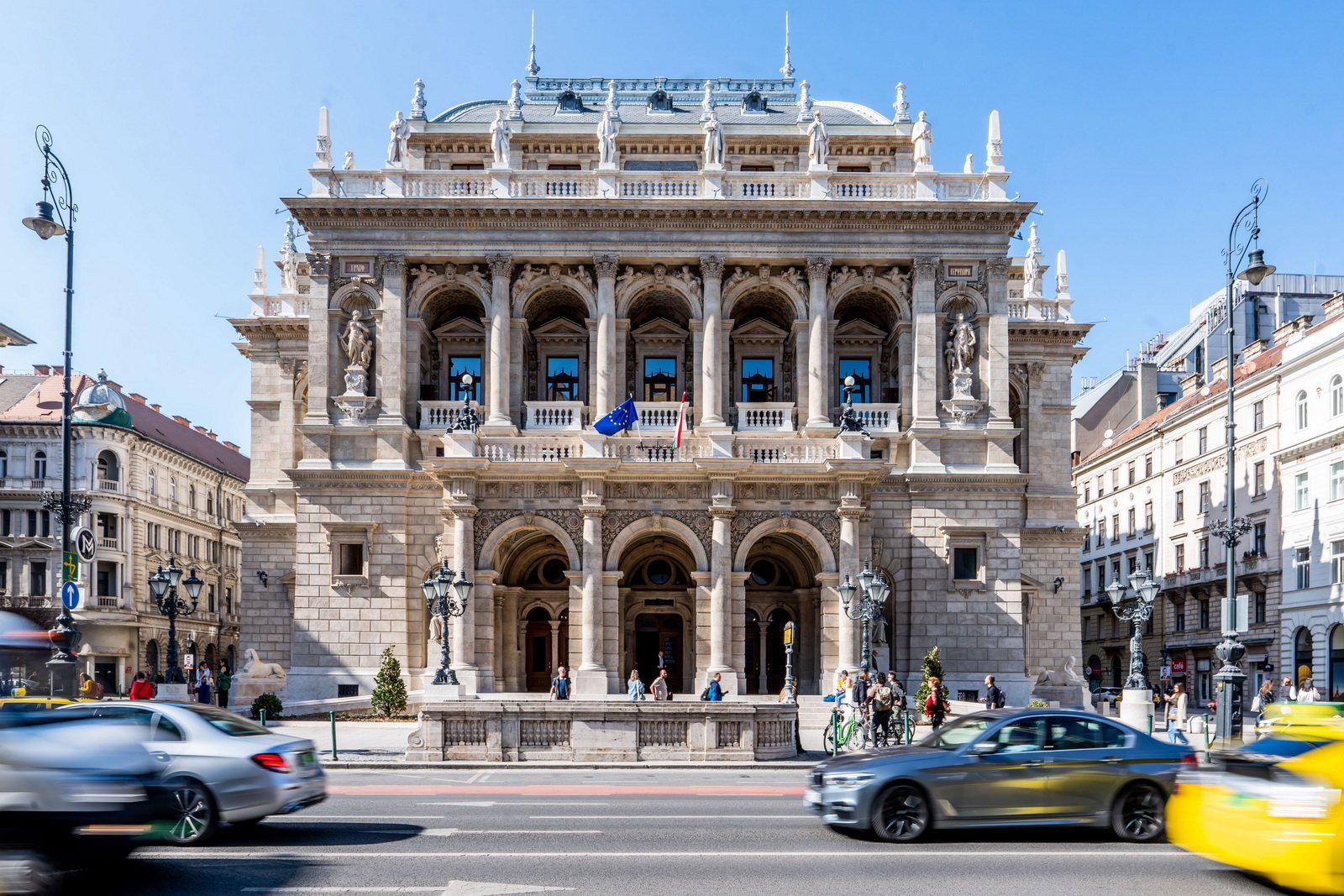
One of the famous landmarks of Andrássy Avenue is the Hungarian State Opera House. It was designed by Miklós Ybl, a major figure of 19th-century Hungarian architecture. Photo via opera.hu.
Pécs (southern Hungary) and its Early Christian Necropolis have been added to the online site. The Early Christian necropolis, founded by the Romans, was home to many historical events and monuments, including a system of tombs that was granted World Heritage status in 2000, as it preserves the burial customs of the former Roman society.
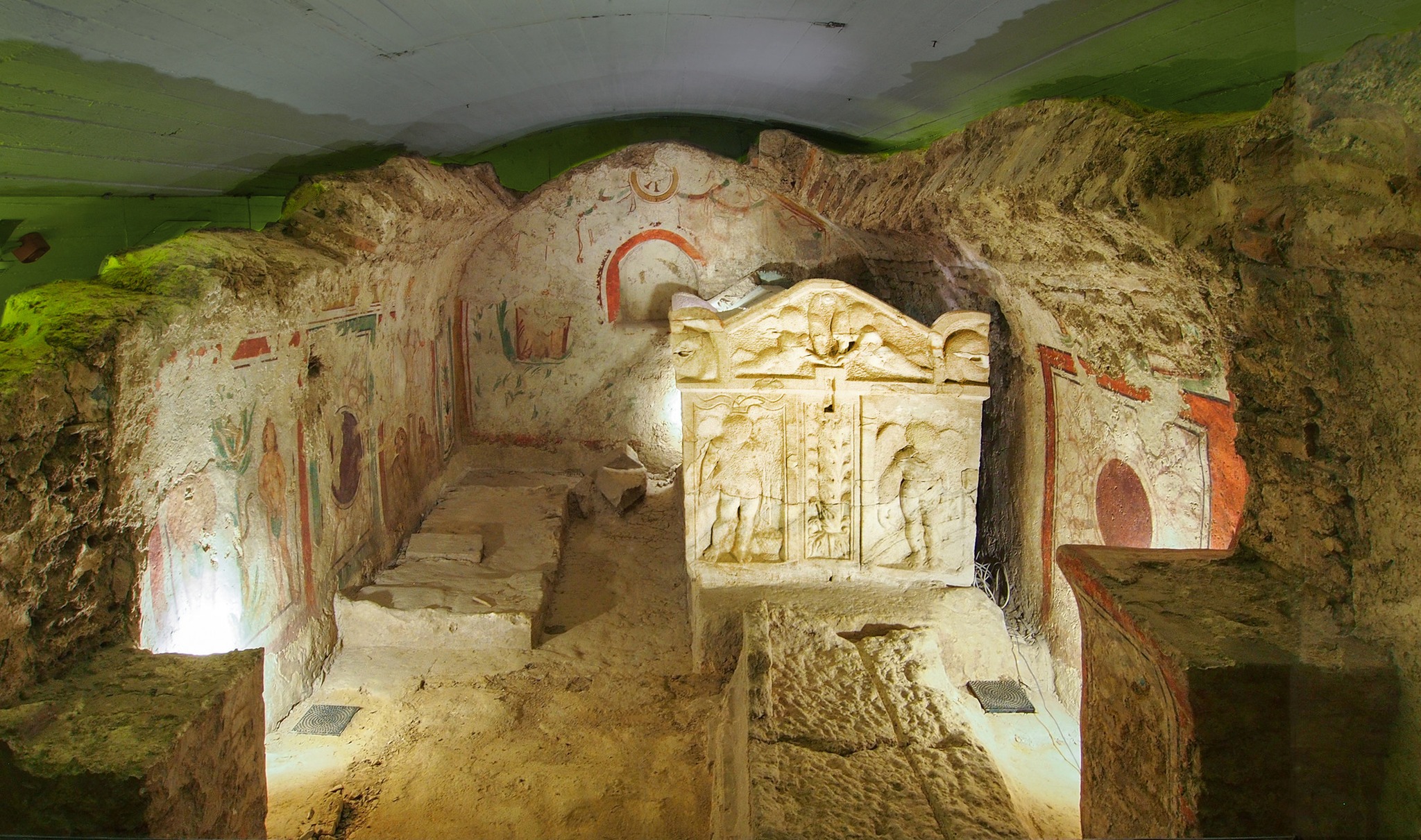
The Early Christian Necropolis of Pécs is a Roman cemetery and archeological site. Dating from the 4th century AD, the necropolis contains many decorated tombs, mausoleums, and burial chapels from the Early Christian period. Photo via Facebook/Világörökség Pécs – World Heritage Pécs
The site also includes the Archabbey of Pannonhalma (western Hungary), founded more than a thousand years ago, which was designated a World Heritage Site in 1996. Furthermore, Hollókő (northern Hungary) is also listed, where the traditional buildings and features of past ages have remained almost intact. The village became a World Heritage Site in 1987.
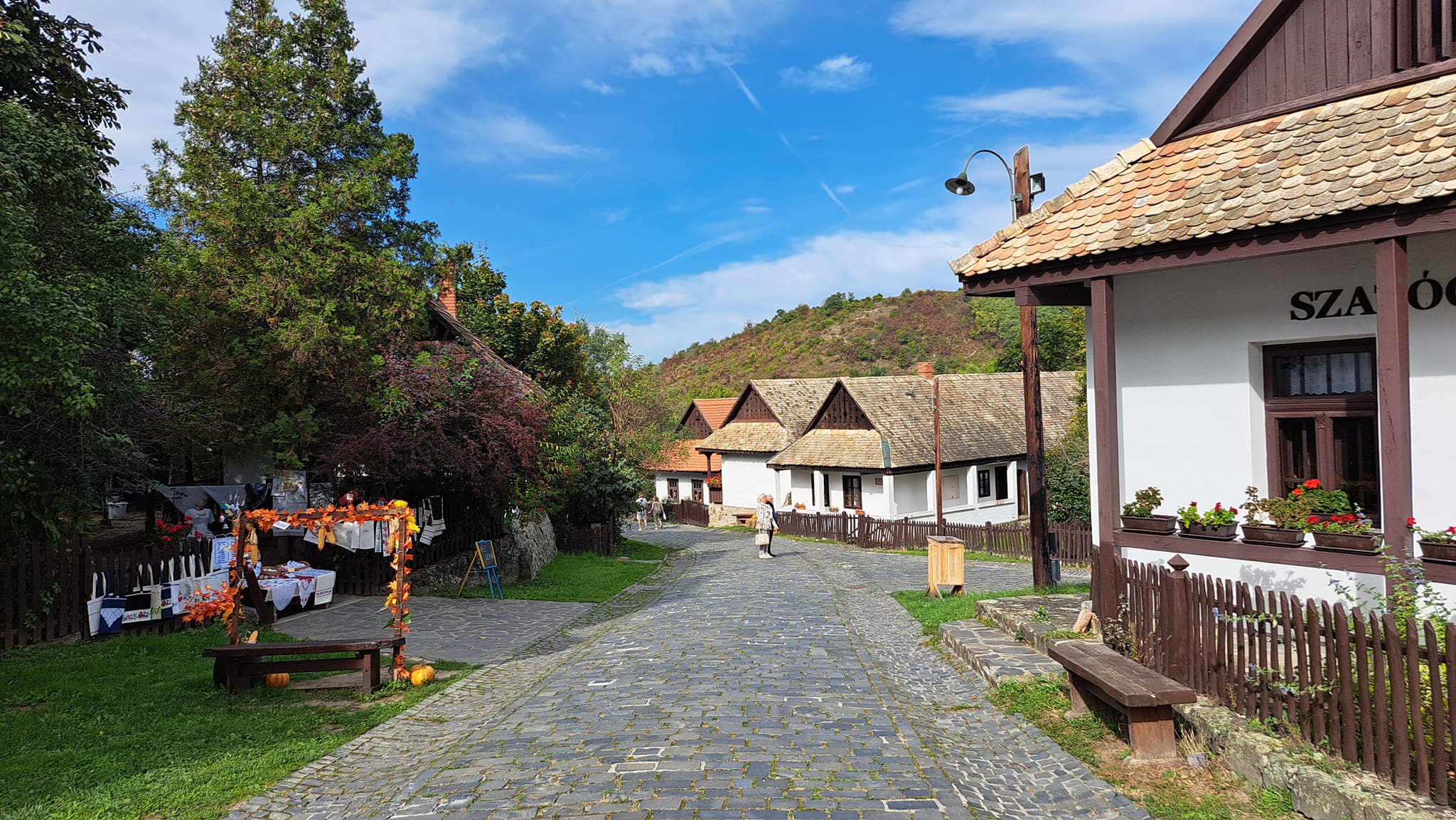
Hollókő was constructed in the 13th century and developed in the 18th and 19th centuries. It is a well-preserved ethnographic village of the Palóc people, with traditional wooden architecture and layout of buildings, farms, and orchards. Photo via Facebook/Dávid Csilla
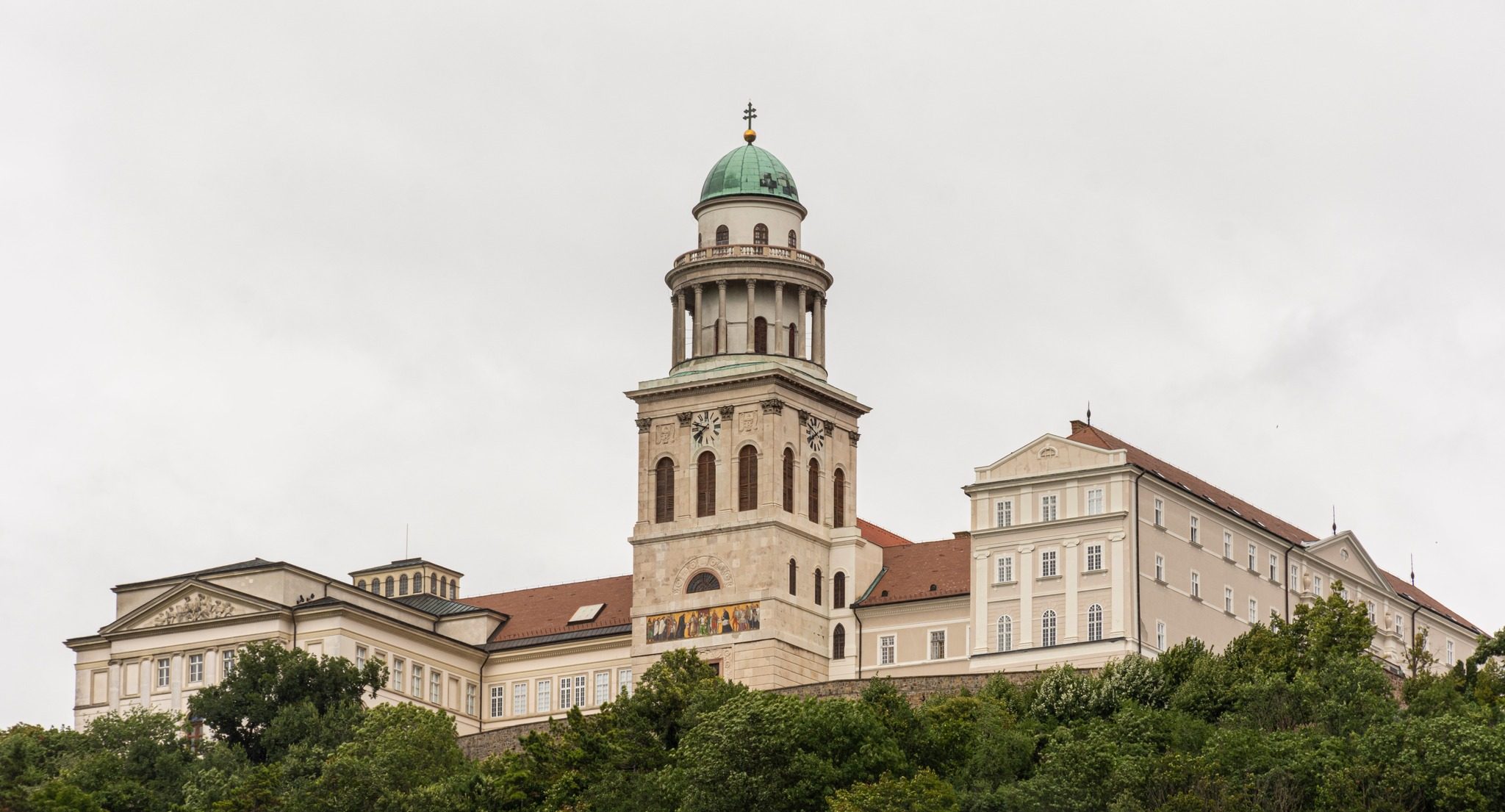
The Benedictine Pannonhalma Archabbey is a medieval building in Pannonhalma and is one of the oldest historical monuments in Hungary. Founded in 996, it is located near the town, on top of a hill (282 m). This is the second largest territorial abbey in the world, after the one in Monte Cassino, Italy. Photo via Facebook/Országos Széchényi Könyvtár
The Google Arts & Culture platform allows users to view World Heritage sites in Mongolia, Italy, the Netherlands, Norway, Poland, and Spain, in addition to those in Hungary.
Via MTI, Featured image via Facebook/Budai Vár